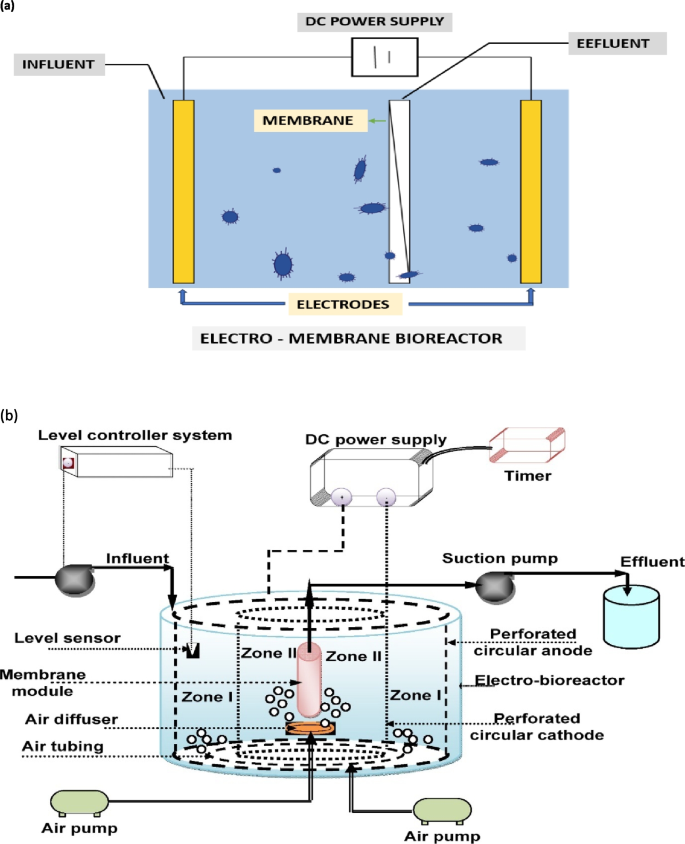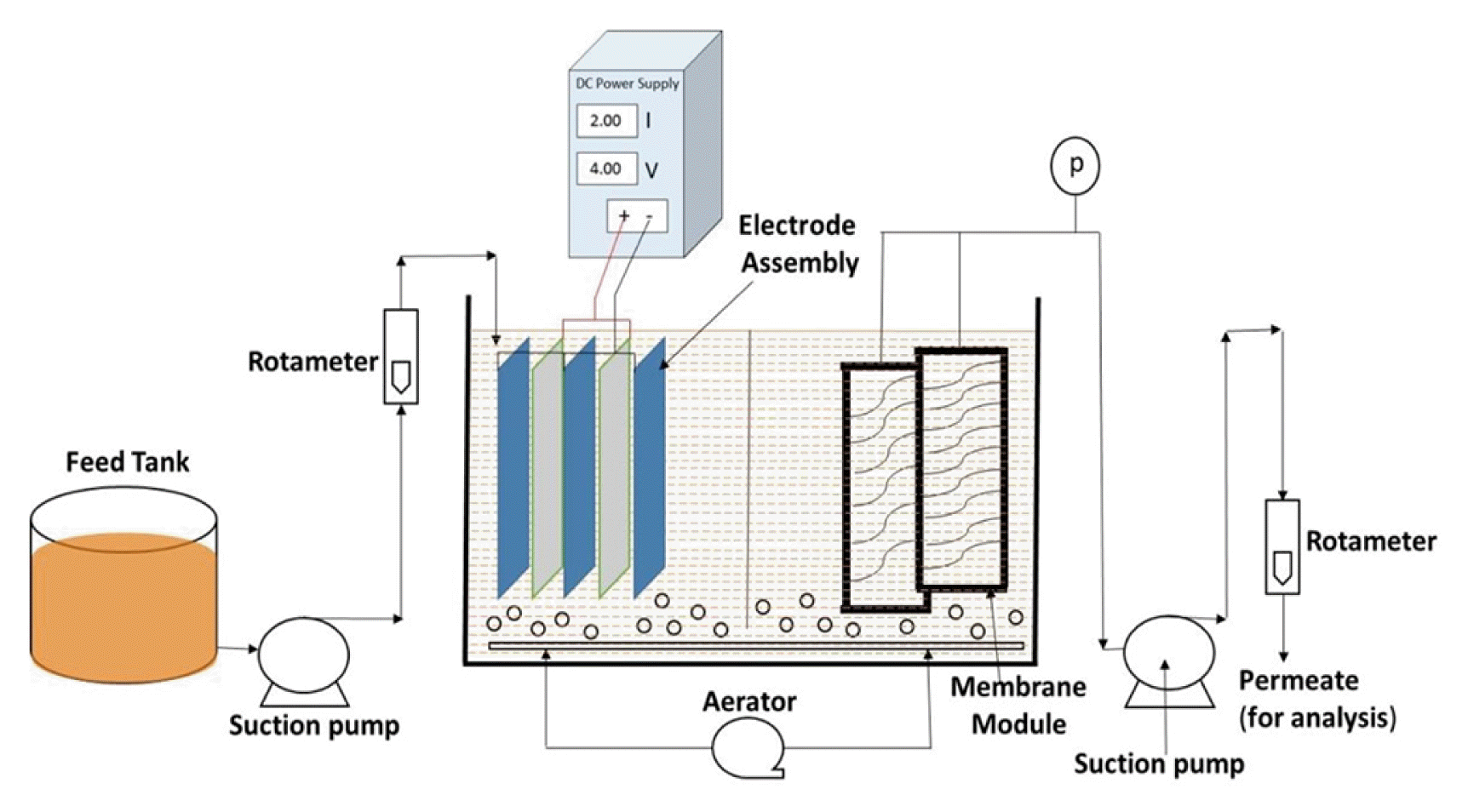The Science Behind Membrane Bioreactor: How It Works and Why It’s Effective
The Science Behind Membrane Bioreactor: How It Works and Why It’s Effective
Blog Article
Membrane Bioreactors Explained: Effective Solutions for Tidy Water
Membrane layer bioreactors (MBRs) have actually emerged as a sophisticated service for attending to journalism obstacles of wastewater therapy. By incorporating organic procedures with advanced membrane layer filtration, MBRs not just improve the top quality of treated water yet likewise reduce the spatial needs of treatment facilities. As environmental worries escalate, the duty of MBR technology in promoting lasting water monitoring comes to be significantly substantial. Nonetheless, the intricacies of their procedure, advantages, and potential applications merit a closer examination to totally recognize their influence on the future of water therapy.

What Are Membrane Layer Bioreactors?
Membrane layer bioreactors (MBRs) are advanced wastewater therapy systems that integrate biological destruction procedures with membrane purification innovation. This assimilation enables the effective elimination of pollutants from water, making MBRs a preferred option in various applications, consisting of community wastewater therapy and industrial effluent monitoring.

Among the important advantages of MBRs is their capability to produce top notch effluent, typically ideal for reuse in irrigation or commercial processes. Furthermore, MBRs call for a smaller impact contrasted to conventional therapy systems, making them ideal for metropolitan setups where space may be restricted.
Moreover, MBRs can successfully deal with varying influent tons and are less at risk to the impacts of hazardous shocks. These qualities add to their expanding appeal as a lasting service for attending to the raising demand for clean water while lessening ecological impacts.
How Membrane Bioreactors Work
While the procedure of membrane layer bioreactors (MBRs) might appear facility, it essentially focuses on the harmony between biological processes and membrane filtration. MBRs integrate a biological treatment process, normally turned on sludge, with a membrane layer splitting up device to deal with wastewater successfully.
In an MBR system, wastewater is first introduced right into a bioreactor where microbes degrade raw material and various other impurities. The organic task lowers the focus of toxins while advertising the development of biomass. Following this organic treatment, the blended liquor is subjected to membrane layer purification, which can be microfiltration or ultrafiltration, relying on the wanted effluent top quality.
The membrane layers function as a physical barrier, allowing water and small solutes to pass while keeping put on hold solids and larger molecules. This enables the system to maintain a high concentration of biomass within the activator, improving the therapy performance.
In addition, the continual splitting up of treated water from the biomass facilitates a compact layout and lessens the footprint of the treatment center. Generally, the combination of organic destruction and membrane filtration in MBRs causes reliable and trustworthy wastewater therapy, making sure premium effluent suitable for different applications.
Advantages of MBR Modern Technology
One of the key benefits of membrane bioreactor (MBR) modern technology is its capability to generate top notch effluent with a substantially reduced footprint contrasted to conventional wastewater therapy methods. MBR systems properly integrate organic treatment and membrane layer filtration, leading to superior removal of impurities, including put on hold solids, pathogens, and organic issue. This capability causes effluent that frequently fulfills or exceeds rigid governing standards for reuse and discharge.
Additionally, MBR modern technology permits greater biomass focus, which enhances the treatment effectiveness and lowers the required reactor quantity. This portable design is especially valuable in urban areas where area is restricted. The operational flexibility of MBR systems likewise indicates they can adjust to varying influent high qualities and circulation prices, making them ideal for a wide variety of applications.
Additionally, the lowered sludge production associated with MBR processes adds to reduce functional and upkeep prices. The membrane layers act as a physical obstacle, minimizing the risk of clogging and allowing longer operational periods between cleaning. In general, the advantages of MBR technology make it an appealing service for sustainable wastewater treatment, dealing with both environmental issues and the need for efficient resource management.
Applications of Membrane Layer Bioreactors
With their convenience and performance, membrane layer bioreactors (MBRs) locate applications throughout different industries, including municipal wastewater therapy, commercial processes, and even water reclamation. In local setups, MBRs offer a compact option for treating wastewater, effectively eliminating impurities while at the same time producing premium effluent that satisfies strict governing criteria. This makes them particularly ideal for areas with minimal area.
In commercial applications, MBR technology is utilized for dealing with procedure water, particularly in industries such as food and drink, pharmaceuticals, and petrochemicals. These industries gain from MBRs' capability to deal with high natural tons and their effectiveness in recuperating important resources from wastewater, such as nutrients click for more and water.
In addition, MBRs play a vital function in water recovery efforts, enabling the reuse of dealt with wastewater for watering, industrial procedures, or even as potable water after additional treatment (Membrane Bioreactor). Their effectiveness in removing microorganisms and pollutants makes them a reputable choice for making sure water quality in different reuse applications
Future of Water Therapy Solutions
The future of water treatment options is positioned for transformative developments driven by technical innovation and raising ecological recognition. As international water deficiency becomes a pushing issue, brand-new techniques, including membrane layer bioreactor (MBR) systems, are established to play a pivotal function in boosting the efficiency and sustainability of water therapy procedures.
Emerging technologies over at this website such as expert system and machine knowing are anticipated to maximize therapy procedures, enabling real-time tracking and predictive upkeep. This will certainly boost the total reliability and effectiveness of water treatment facilities. Developments in membrane materials, such as graphene and nanofiltration, promise to enhance permeation rates and reduce fouling, leading to lower power intake and functional prices.
In addition, the combination of renewable resource resources right into water treatment plants will certainly add to greener methods. The circular economic situation version will also acquire grip, motivating the healing of beneficial resources from wastewater, such as nutrients and energy.
Final Thought

Membrane layer bioreactors (MBRs) have actually emerged as an innovative service for resolving the pressing obstacles of wastewater treatment. By incorporating organic processes with innovative membrane filtering, MBRs not just enhance the top quality of treated water however additionally reduce the spatial demands of therapy facilities.One of the crucial benefits of membrane layer bioreactor (MBR) technology is its capability to generate top quality effluent with a substantially minimized footprint contrasted to conventional wastewater treatment techniques.With their versatility and efficiency, membrane layer bioreactors (MBRs) locate applications throughout various markets, consisting of metropolitan wastewater treatment, industrial processes, and even water improvement.In verdict, membrane layer bioreactors represent a significant development in wastewater therapy innovation, incorporating organic procedures with reliable membrane layer filtration to produce premium effluent.
Report this page